Zhangjiajie, nestled in northwestern Hunan Province, is a breathtaking destination famed for its otherworldly sandstone pillars, lush valleys, and pristine rivers. Immortalized as the inspiration for the floating Hallelujah Mountains in Avatar, this UNESCO-listed region combines dramatic landscapes with rich Tujia and Miao minority cultures. Whether you’re walking across the glass bridge, soaring up the Bailong Elevator, or exploring ancient towns like Fenghuang nearby, Zhangjiajie promises an unforgettable journey.
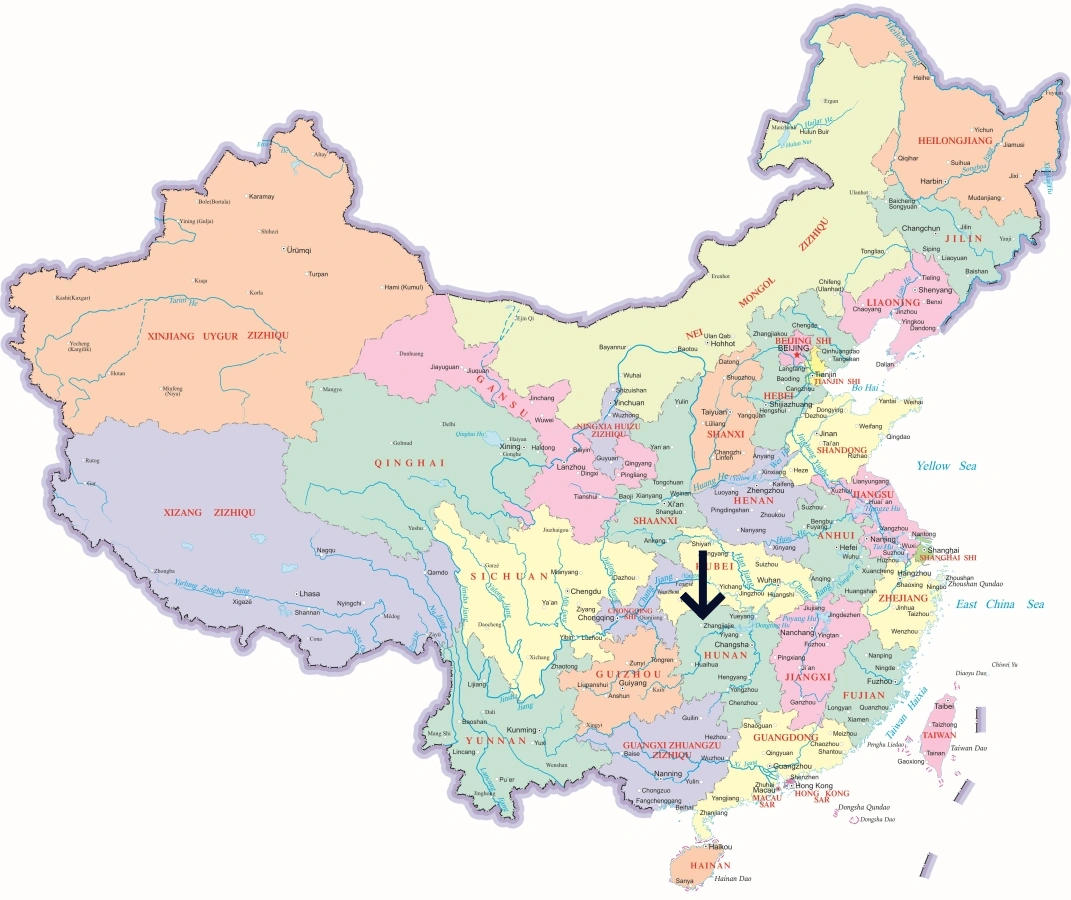
Zhangjiajie’s highlights span natural wonders and cultural treasures. Begin at Zhangjiajie National Forest Park, home to thousands of sandstone peaks and the iconic Hallelujah Mountain. Ride the Bailong Elevator, the world’s tallest outdoor lift, for sweeping views. Don’t miss Tianmen Mountain, with its dramatic Heaven’s Gate natural arch and thrilling glass skywalks. For adrenaline seekers, the Zhangjiajie Glass Bridge offers a dizzying walk above the Grand Canyon. Beyond nature, explore Fenghuang Ancient Town, where stilted riverside houses and lantern-lit streets evoke China’s timeless charm.
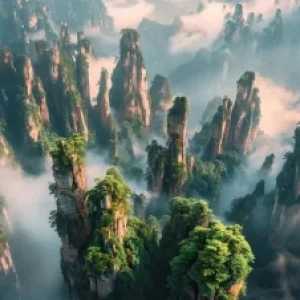
China’s first UNESCO World Heritage forest park, famous for towering sandstone pillars, lush greenery, and breathtaking scenery. It inspired the floating mountains in the movie Avatar.
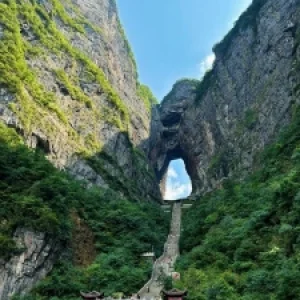
Known for its scenic cableway, glass skywalks, and Heaven’s Gate natural arch. Tianmen Mountain offers thrilling experiences and panoramic views of Zhangjiajie city and landscapes.

A world-famous glass-bottom bridge spanning the Zhangjiajie Grand Canyon. It offers thrilling walks above the canyon, stunning views, and exciting adventure activities for visitors.
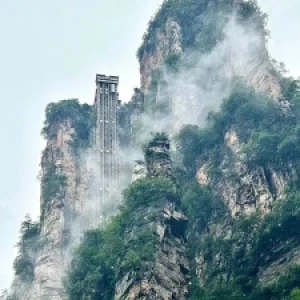
The world’s highest outdoor glass elevator, built into a cliff in Zhangjiajie. It quickly transports visitors to the mountaintop while offering stunning views of the sandstone peaks.

A striking pillar-like peak in Zhangjiajie, renamed after the movie Avatar. It inspired the film’s floating mountains and is one of the park’s most iconic natural landmarks.
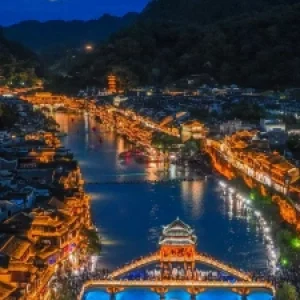
A charming riverside town with well-preserved Ming and Qing architecture. Known for wooden houses, stone bridges, rich culture, and vibrant nightlife along the Tuojiang River.
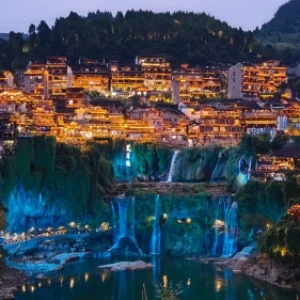
Furong Ancient Town in Zhangjiajie is a picturesque riverside village famous for its cascading waterfalls, stilted houses, and timeless Tujia culture.
Zhangjiajie cuisine reflects bold Hunan flavors—spicy, smoky, and deeply satisfying. Must-try dishes include Sanxia Hotpot, where three main ingredients simmer together in rich broth, and Stone Ear Stewed Chicken, prized for its earthy aroma. Adventurous eaters savor Blood Tofu, a rustic specialty, and Dagupi, a crispy rice snack shaped like drum skin. Classic Hunan favorites like Stir-fried Bacon with Chili add fiery flair, while teppanyaki restaurants in the city offer sizzling interactive dining.
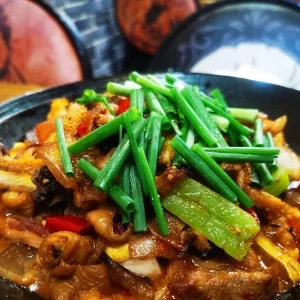
A local Zhangjiajie specialty hotpot with three main ingredients cooked together, usually meat, vegetables, and tofu. Known for its rich flavors, spicy broth, and communal dining style.
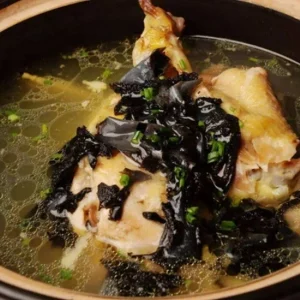
Traditional Zhangjiajie dish made with stone ear fungus and chicken. The slow stew highlights earthy aromas, tender meat, and nourishing qualities, popular among both locals and travelers.
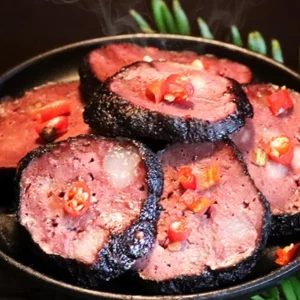
A unique delicacy made from fresh pig’s blood, often stir-fried or stewed with spices. It has a soft texture, rich flavor, and deep cultural roots in Hunan cuisine.
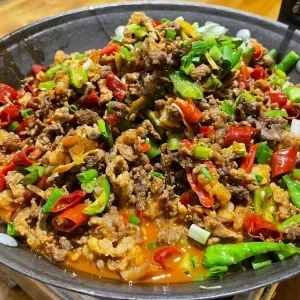
A local Zhangjiajie snack made from rice, fried into thin crispy sheets resembling drum skin. It is crunchy, golden, slightly sweet, and often enjoyed with tea or wine.
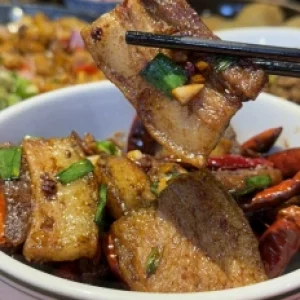
Classic Hunan dish combining smoked bacon and spicy chili peppers. It delivers a smoky, savory, and fiery flavor, representing the bold and hearty style of local Zhangjiajie cuisine.
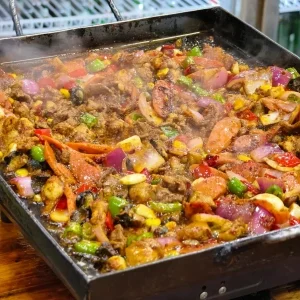
Japanese-style iron griddle cooking, also popular in Zhangjiajie restaurants. Ingredients like beef, seafood, and vegetables are grilled live, offering fresh taste, sizzling aroma, and interactive dining experience.
Zhangjiajie is well-connected yet compact. Zhangjiajie Hehua International Airport (DYG) links the city with Beijing, Shanghai, and major Asian hubs. High-speed trains connect to Changsha in about 3 hours. Within the city, taxis and buses are inexpensive, while shuttle buses and cable cars serve major attractions such as Tianmen Mountain and Wulingyuan. Didi ride-hailing is available, but in scenic areas, walking and shuttle services are often the best ways to explore.
Travelers can choose from a range of stays. Wulingyuan District, near the national park, offers resorts, boutique lodges, and family-run guesthouses with easy access to scenic spots. In downtown Yongding District, modern hotels cater to those who prefer city conveniences, dining, and nightlife. Budget travelers often pick homestays near park entrances, while luxury seekers opt for high-end resorts with mountain views and wellness spas. For a cultural twist, staying overnight in Fenghuang Ancient Town is a memorable option.
Craft an itinerary that blends natural wonders and cultural discoveries. Spend at least two days exploring Zhangjiajie National Forest Park and another day at Tianmen Mountain. Add a side trip to Fenghuang Ancient Town for riverside charm, or unwind with local Tujia performances in the evening. Don’t miss the thrill of walking the glass bridge or watching sunrise over misty sandstone peaks—moments that will stay with you forever.
The best time to visit Zhangjiajie is from April to October, with spring and autumn offering the clearest skies and most comfortable temperatures. Summers can be hot and humid, while winters are chilly but less crowded, making them ideal for travelers who prefer quieter visits. Tickets for major attractions such as Zhangjiajie National Forest Park and Tianmen Mountain need to be purchased separately, and it is wise to book in advance during peak holiday periods.
Zhangjiajie is a prefecture-level city in northwestern Hunan Province, China. It covers an area of about 9,500 sq km and has a population of approximately 1.47 million. The city is famous worldwide for its unique sandstone pillar landscapes, which inspired the floating mountains in Avatar.
Here’s a breakdown by district and county:
Note: Population figures are based on the latest estimates and may vary slightly.
Zhangjiajie has a subtropical monsoon climate, with four distinct seasons and high humidity. The city enjoys mild winters, hot summers, and plenty of rainfall. Its mountainous terrain means weather can change quickly, and mist often shrouds the peaks, adding to its mystic charm.
Here’s what to expect month by month:
Best travel season: April to October, especially spring and autumn when the weather is comfortable and the scenery is most vibrant.
Here are the postal and telephone codes for major districts in Zhangjiajie:
Explore detailed travel guides for China’s most popular cities, covering attractions, local food, accommodations, and transportation tips.

 English (US)
English (US)